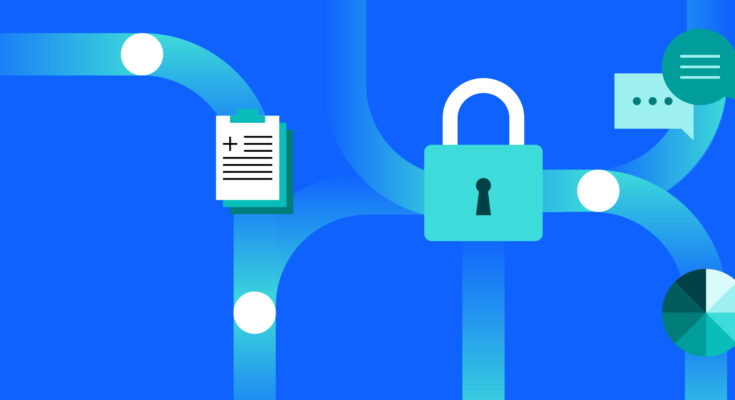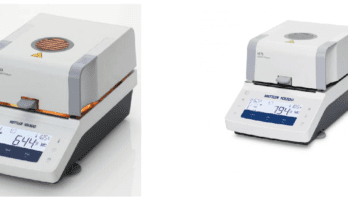As the boundaries between work and home become blurred and an increasingly distributed workforce becomes the norm, zero-trust network access solutions are critical for protecting sensitive data and infrastructure. Organizations must establish a running inventory of all devices and applications accessing the network to achieve zero trust. It helps reduce the attack surface by identifying all devices seeking access and assessing each for security risk.
Access Control
Access control is granting and denying access to resources and data based on a person’s role, permissions, and identity. It allows businesses to keep their assets secure while ensuring employees are only granted access to sensitive data with appropriate security clearance. Access control can be physical, such as a door or gate system, or virtual, such as a network or internet connection. It is a vital part of protecting your business against attacks and fraud. Another critical component of access control is authentication. It involves verifying a user’s identity by evaluating their device or network connection and comparing their credentials with those stored in your system. In this case, a system could use a biometric reader to corroborate a user’s identity or require them to enter their credential via a PIN or access code. It can protect the system from malicious users and prevent the unauthorized use of valuable assets.
A system with zero trust network access can monitor who’s using it and accessing its protected resources and raise alerts when something is suspicious. It provides a high level of network visibility and enables businesses to detect anomalies early on and take action before they become critical.
Access control can be a complex but essential part of securing your network and data. Understanding how it functions and the advantages it may offer is necessary.
Authentication
Authentication is proving a person or system’s identity before they are given access to information. It can be done through a username and password, digital certificates, or a unique ID number. It might also include a fingerprint scan, face recognition, or retina scanning to verify a physical object’s authenticity.
The concept of authentication is an essential component of a zero-trust network, as it enables consistent and accurate access control for applications and resources across a network. It can also minimize the potential for lateral movement from one part of the network to another.
A zero-trust architecture requires users to prove their identity through multi-factor authentication (MFA). It can be achieved by requiring a user to submit two pieces of evidence to prove they’re a natural person, such as a PIN or a fingerprint scan.
Zero trust security also requires that devices be validated at every access request and monitored over time to detect anomalous behavior that indicates a threat. It minimizes the attack surface of a network and reduces the likelihood that an employee’s unprotected device will be compromised.
Organizations must put resources into implementing and monitoring a zero-trust approach to ensure it works as expected. It can include introducing micro-segmentation, managing firewall policies and ensuring updates are being applied to systems and devices using zero-trust protocols.
Micro-Segmentation
Micro-segmentation is a critical component of zero trust network access (ZTNA). This security model eliminates direct access to data assets, servers, and applications. It breaks the network into smaller, more granular subnetworks to control traffic between applications and workloads across public and private cloud environments.
It provides a granular view of network traffic and allows administrators to enforce policies based on traffic types, the direction of data flow, and whether or not authentication is required. It helps administrators identify and protect sensitive data that need special handling, such as data used for compliance purposes.
This approach also limits the lateral spread of attacks from one compromised server, virtual machine, cloud instance, or container to another. It reduces a network’s attack surface and gives administrators greater visibility into threats while helping them contain breaches and respond to suspected incidents in real-time.
For example, micro-segmentation can help prevent careless activities between development and production systems, such as developers taking customer information from production databases to test new applications or processes. It can also help companies better understand their clientele by tracking data identifying specific customer segments and their lifetime value. It is essential for companies that operate across multiple clouds, physical data centers, and device platforms. These types of networks often require a broader set of tools than a traditional network, such as VPNs, multi-factor authentication, identity-aware proxies, and single sign-on solutions.
Monitoring
A zero-trust approach to security ensures that every user and device is authenticated, verified and granted access only when necessary for the current context. It eliminates the risk of users moving laterally within an environment and attacking sensitive data. Monitoring user and device behavior is critical to achieving an accurate zero-trust model. It enables you to identify anomalies and handle threat containment and mitigation once a security incident occurs. This continuous monitoring also provides a basis for continuously reevaluating users’ privileges to ensure their access is always limited, earned, and constantly reviewed. It is essential for environments where people work remotely or use BYOD.
ZTNA solutions can monitor a user’s activities and devices, including network usage, application activity and software health, to determine if a change in activity is suspicious or malicious. This information can block access to resources, notify users to update their devices or even flag them as a security risk.
As more and more employees work remotely or on BYOD devices, traditional firewalls, VPNs and other remote access technologies cannot keep up with the growing demand for granular security controls. To address this challenge, security teams must deploy a new centralized, enterprise-wide, continuous protection model that delivers consistent security controls to every location and device connected to the organization’s data networks.





